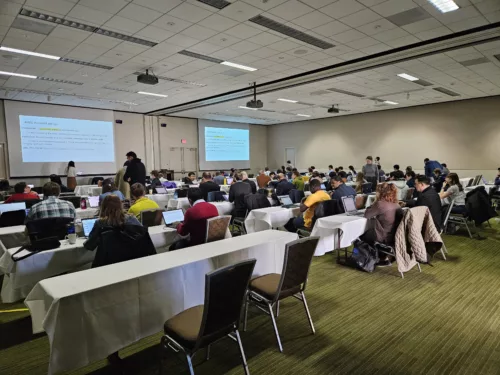
SSA meeting recap: Harnessing the power of cloud computing
Events like this help us take the pulse of our community—highlighting for us how the growth of cloud computing is progressing and why, for example. Here’s a short summary of what we heard.
Here in the News & Features section, you can find important announcements or learn more about our work and the science we support.
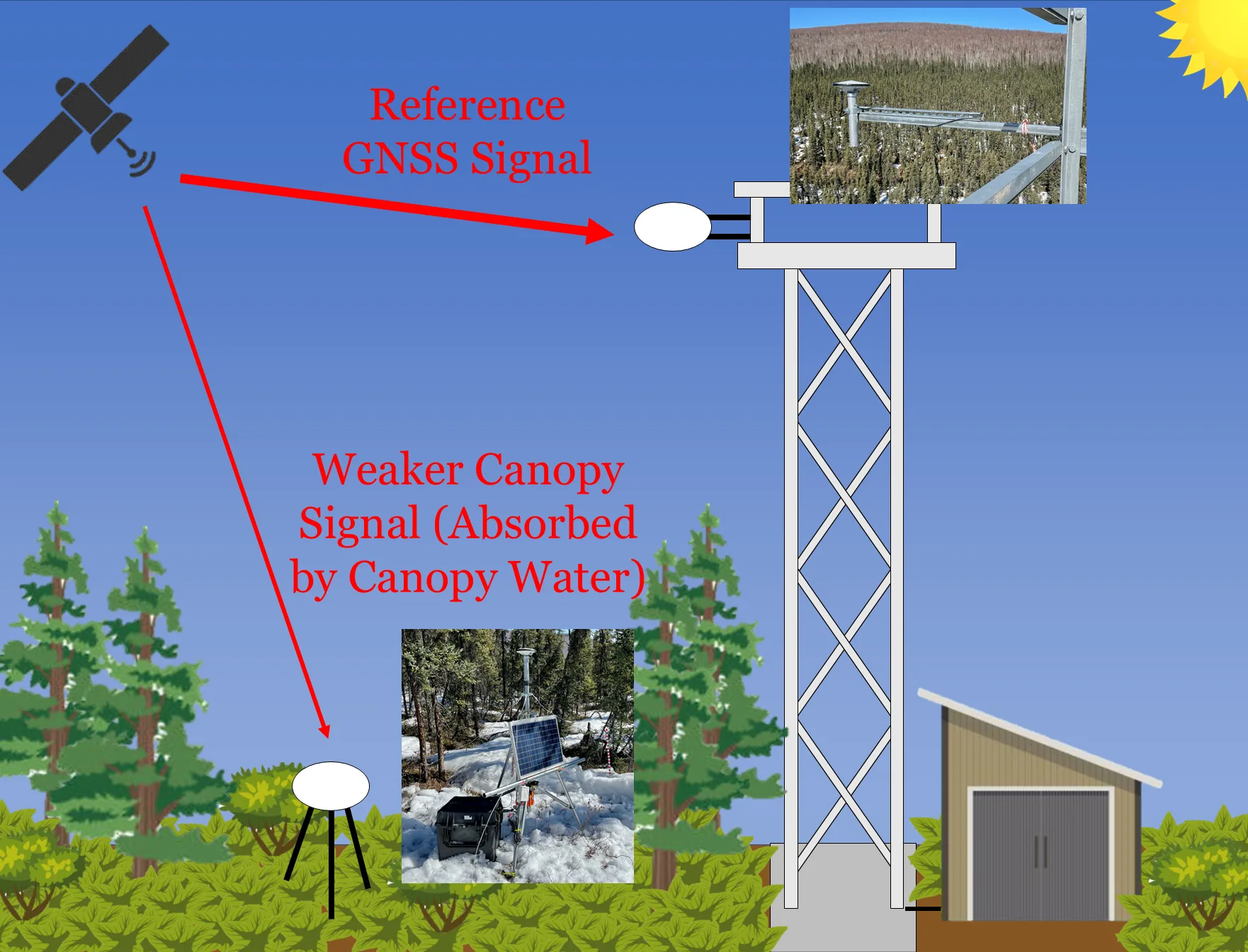

Events like this help us take the pulse of our community—highlighting for us how the growth of cloud computing is progressing and why, for example. Here’s a short summary of what we heard.
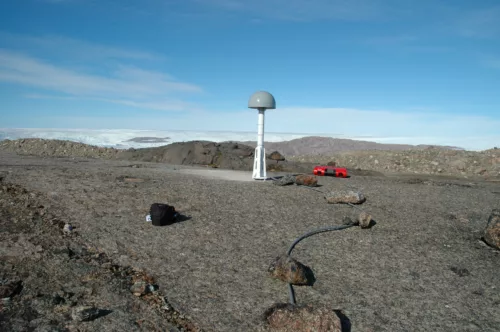
In a recent study, researchers treat the entire GNET network as a single instrument weighing the loss of Greenland’s ice.

If you aren’t yet familiar with notebooks, here’s a primer on what they are—and why many in science find them useful.
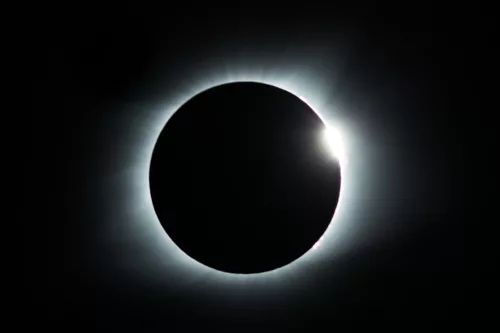
The passing shadow of the eclipse creates a natural experiment, suddenly reducing solar energy to an isolated area of the ionosphere.
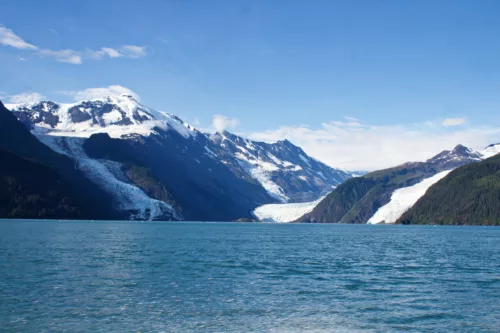
As the world warms, glaciers retreat, leaving behind over-steepened slopes that are prone to landslides. In places like coastal Alaska, landslides that slip into the ocean can spell disaster.
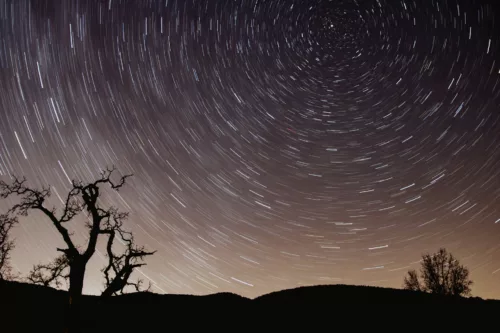
A new study tries to disentangle the factors affecting Earth’s rotation—and finds that we may have a technical problem our on our hands in the next few years.
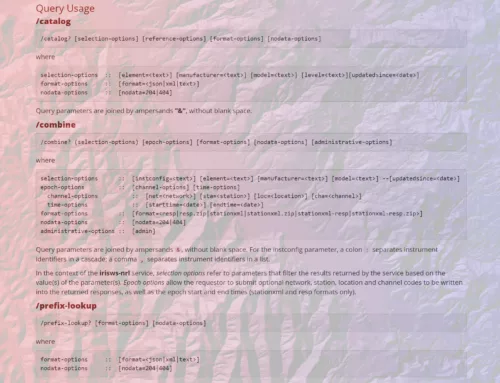
Version 1 of the Nominal Response Library (NRL) will be deprecated on May 31, replaced by version 2.

Scientists demonstrate how an array of many infrasound sensors can hear waterfalls, thunderstorms, and earthquakes (yes, the latter makes noise, too).
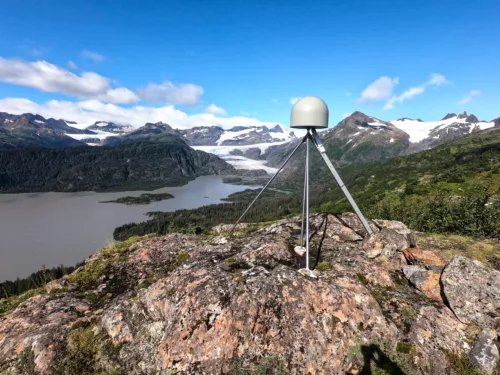
Starting on May 1, 2024, we will be allowing access to a dedicated NTRIP caster delivering low-latency RTCM positions and MSM messages using multi-constellation GNSS observations.